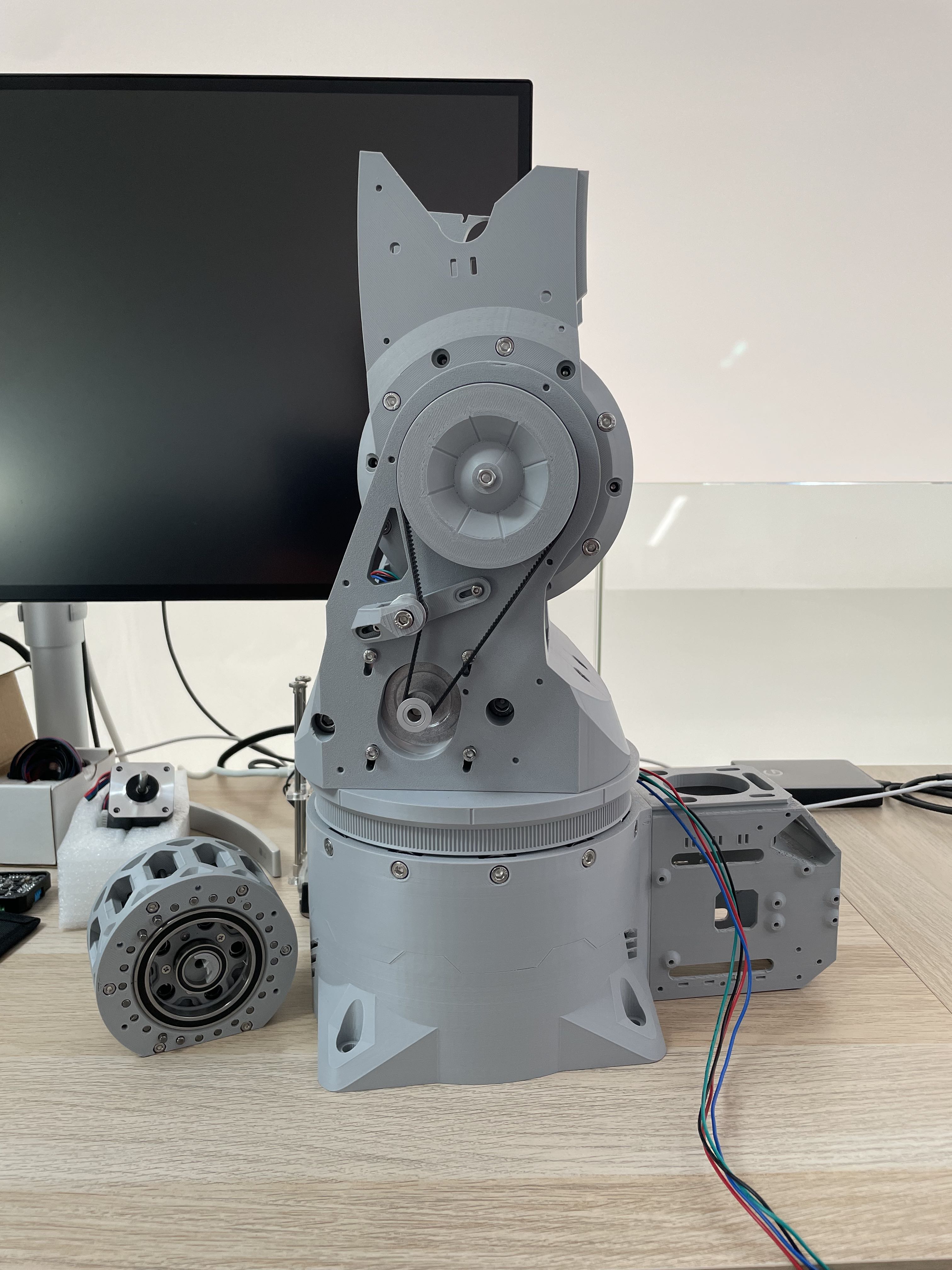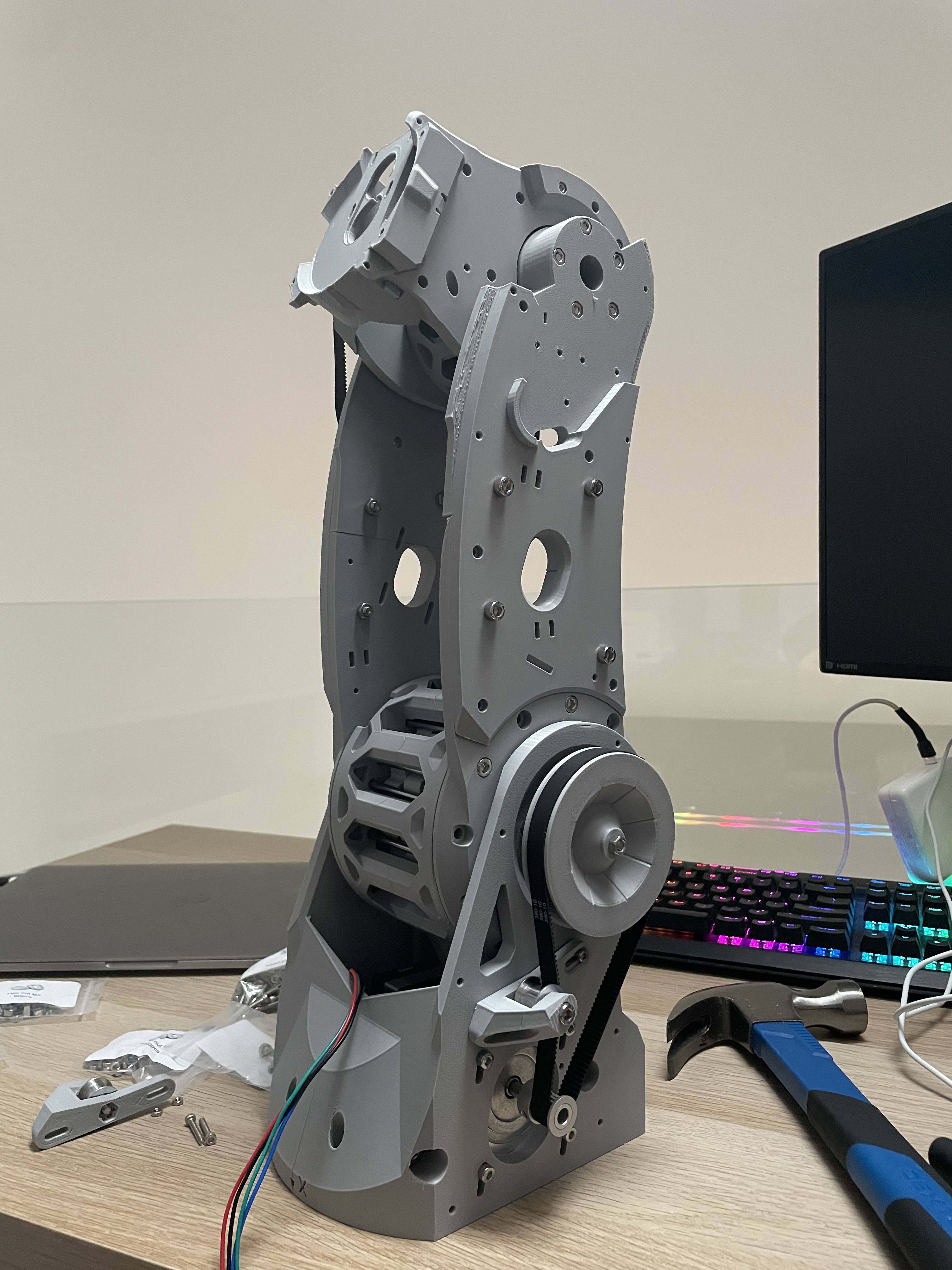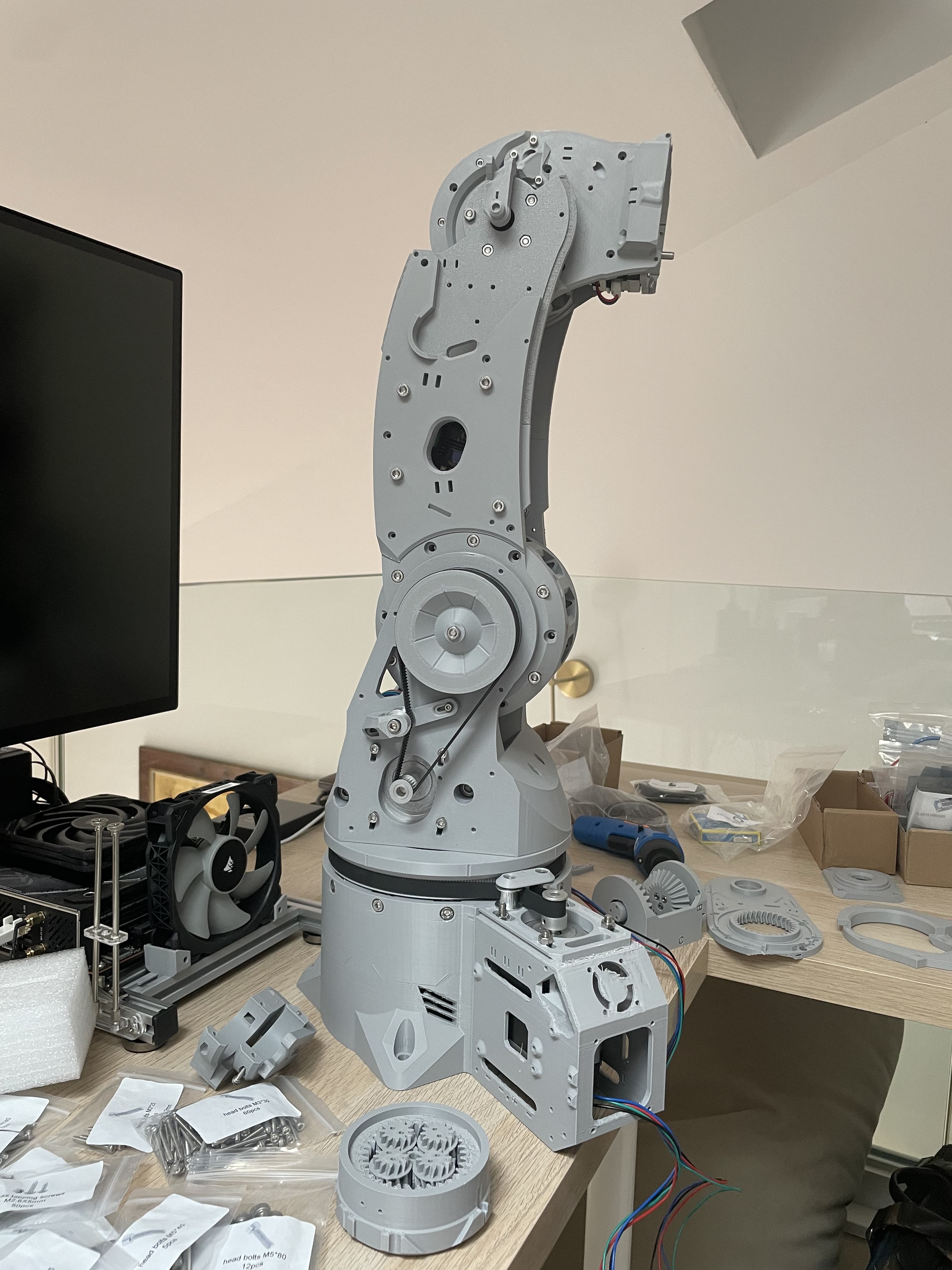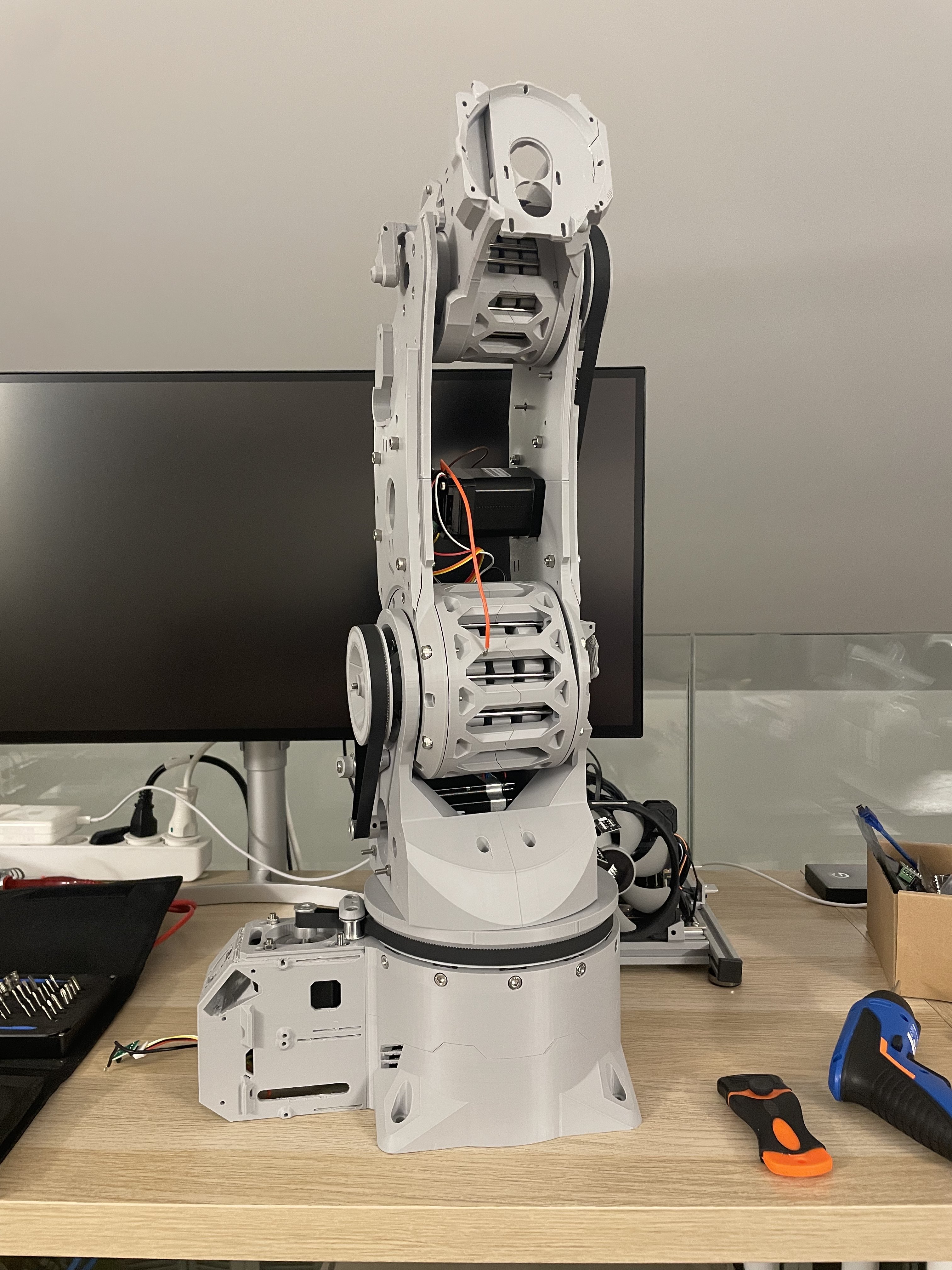In the face of a growing agricultural sector that relies heavily on manual labor, my goal is to design a robotic AI-powered harvester that can automate critical tasks in hydroponic farming. Tasks that are repetitive, labor-intensive, and often inefficient. This project was born out of a desire to cut labor costs and improve productivity while maintaining the quality and sustainability of food production. By integrating AI vision and robotic automation, the harvester will work tirelessly at any hour of the day or night, removing the need for humans to perform monotonous tasks like harvesting lettuce from vertical towers. Ultimately, this harvester will not only revolutionize my farm but could also serve as a model for a future where technology enhances human well-being, rather than replacing workers in harmful ways.
Challenges & Hurdles:
The development of this robotic harvester presents several technical challenges, particularly in the area of AI vision. As someone new to this field, the process of training the harvester to accurately recognize, pick, and transfer crops requires precise calibration and deep learning. I expect to encounter significant hurdles in teaching the machine to understand the unique shapes, sizes, and textures of different crops, as well as differentiating between crops that are ready for harvest and those that are still growing.
Additionally, integrating the robot’s vision with its mechanical components will be no small feat, especially when it comes to fine-tuning the system to gently handle delicate plants without causing damage. I will need to develop a robust feedback system to ensure that the robot can make split-second decisions about how to move plants in a way that minimizes harm while maximizing efficiency.
While these challenges are substantial, they represent exciting learning opportunities and a chance to push the boundaries of what’s possible in agricultural technology.
Roadmap & Steps:
- Design and manufacture the hardware for a robotic arm platform
- Write the software to allow the hardware to move as intended
- Add AI vision element
- Integrate to HomeAssistant
The first two steps should be a piece of cake. I have already decided to try out the
Arctos robotic arm. The hardware is relatively affordable, easy to purchase, and I am already in the process of assembling the first prototype. The software has already been written and made open source for many different robot arms. I don't expect to have any trouble familiarizing myself with the software.
What will be more difficult for me will be learning about AI vision, and ultimately programming the robot to perform actions perfectly in a myriad of conditions. Not every lettuce is the same, not every root ball in a tower will need equal force to pull. Its "difficult" enough to pull a plant out of a hydroponic tower (in the sense that you need to be precise in the amount of force you use) so getting a robot to do it will be new for me.
The Bigger Picture:
In the long term, this robotic AI harvester is part of a much larger vision to redefine how we approach labor in the agricultural sector. One of the most pressing issues in modern farming is the reliance on temporary labor, often migrant workers who perform backbreaking tasks for low pay. By automating these repetitive tasks, this project aims to reduce the reliance on such labor and promote a more ethical, sustainable approach to farming.
It is important to note that this is not about replacing human workers, but about giving them the opportunity to focus on higher-level, more skilled tasks that cannot be automated. This change will also reduce the exploitation of vulnerable populations and give farmers the ability to maintain a profitable operation with fewer hands-on laborers.
The broader goal is to create an agricultural model where machines work in harmony with human expertise, enabling both higher productivity and a healthier, more sustainable workforce.




